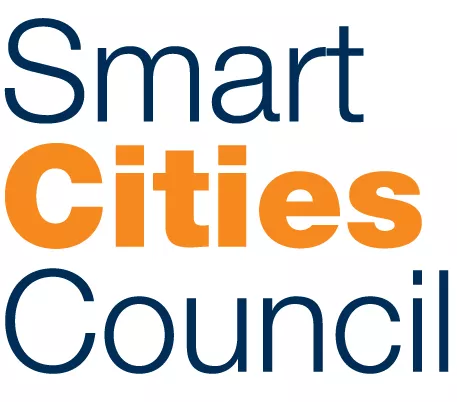
Latest refresh of the landmark city handbook outlines steps to a successful digital transformation. Cities are urged to follow eight best practices developed by leading practitioners
(Reston, Virginia) July 11, 2017 – The Smart Cities Council, the world's largest smart cities network, just announced an important expansion of its landmark Smart Cities Readiness Guide. New material on Digital City Services – services delivered by browser or smartphone ‒ explains why and how cities are “going digital” to gain competitive advantage.
"Going digital is more than a trend ‒ it's a race," explains Council Chairman Jesse Berst. "Cities that successfully make the transition are able to achieve 'happier for less' ‒ spending less to increase citizen satisfaction."
As the Guide points out, an online interaction can cost as much as 50 times less than face-to-face. Yet most citizens greatly prefer the convenience of 24x7 self-service access from a web browser or phone.
The new Digital Services section of the Readiness Guide details the compelling benefits both cities and citizens accrue when leaders make digital services a priority. Among them:
- Increased citizen engagement
- Increased employee productivity
- Increased competitiveness
- Increased customer satisfaction
- Reduced costs
The move to digitalization
Growing populations, growing expectations and shrinking budgets are driving more and more cities to make their services available by web or smartphone. The Digital Services chapter includes a comprehensive list of the digital services cities can implement. It also highlights numerous real-life examples and sets forth eight best practices gathered from the Council’s network of experts.
Singapore's SingPass system, for example, gives citizens a single site and single password to interact with nearly five dozen government agencies that provide nearly 300 digital services. And in Boston, the BOS:311 app lets citizens report things that need fixing, such as potholes or public lighting. Once fixed, a city worker snaps a photo of the repair and sends it to whoever reported the problem.
The guidance also covers the importance of embracing digital inclusion so all citizens have access to services, the characteristics of customer-centric solutions and the move toward digital solutions as a service, which allows budget-strapped cities to lease a solution month-by-month.
"Becoming 'digital by default' involves far more than creating a few smartphone apps," Council Chairman Berst says. "It also creates the opportunity ‒ some would say the requirement – to streamline operations and enhance interdepartmental collaboration. To help cities make this essential transformation, we’ve gathered the best ideas and lessons learned from those who’ve gone before."
Originally launched in 2013 as a downloadable PDF, today the Smart Cities Readiness Guide is a living online document used by thousands of cities, counties, states and provinces to shape their future initiatives. It is regularly updated to provide the latest vendor-neutral guidance, case studies and best practices to provide a framework for creating more livable, workable and sustainable communities.
About the Smart Cities Council
The Smart Cities Council envisions a world where digital technology and intelligent design are harnessed to create smart, sustainable cities with high-quality living and high-quality jobs. A leader in smart cities education, the Council is comprised of more than 120 partners and advisors who have generated $2.7 trillion in annual revenue and contributed to more than 11,000 smart cities projects. To learn more, visit www.smartcitiescouncil.com.



